Defining Community Anchor Institutions to Be Focal Point for BEAD Deployment: Observers
States can customize the definition to fit specific needs.
Teralyn Whipple

WASHINGTON, July 26, 2023 – Defining community anchor institutions will have a large impact on how Broadband Equity Access and Deployment program funds are used, said experts at a Schools Health and Libraries Broadband Coalition event Wednesday.
States are given the responsibility through the BEAD Program to define what organizations will be considered community anchor institutions. The National Telecommunications and Information Administration will fund 1 Gigabit per second internet speeds to all community anchor institutions identified by state guidance as required in the initial proposal.
NTIA’s definition of community anchor institutions include schools, libraries, health clinics, health centers, hospitals, public safety entities, institution of higher education, public housing organization and community support organizations that “facilitate greater use of broadband service by vulnerable populations.”
Different states are customizing the NTIA’s definition to fit their needs, said Shannan Williams-Mitchem, vice president of public-private partnerships at mapping software company Ready.net. Some states include religious places of worship while others do not, and still others include hospitals but not independently-owned doctors’ offices. These choices will determine where the BEAD money will be spent and will have a significant impact on the state’s ability to engage in outreach and community engagement programs, agreed experts.
Williams-Mitchem urged states to obtain and integrate existing CAI lists, verify CAI data and locations, engage CAIs with verifying speed data, and mobile CIAs to participate in challenges. “Community anchors need to act now,” she said, and states will have to undertake a rigorous process to identify these CAIs.
Under BEAD regulations, community anchor institutions receive lower priority than unserved and underserved locations in a state. In the initial and final proposals, states are required to submit plans that will connect all unserved and underserved locations before it conducts plans to connect community anchor institutions.
Dianne Lindstrom, deputy director of New Mexico’s office of broadband access and expansion, expressed concern that this priority will unduly neglect the needs of the community anchor institutions.
As required by the NTIA, the state challenge process allows tribes, municipalities, nonprofits and internet service providers to challenge the identified broadband serviceable locations, community anchor institutions, and speed claims at each. States must provide a minimum of 14 days for these entities to submit a challenge and another 14 days to rebut the challenge. The entire process may take no longer than 120 days.
Lindstrom said that the 14-day minimum will be too short. She urged each state to consider carefully the length of time permitted to each stage of the challenge process.

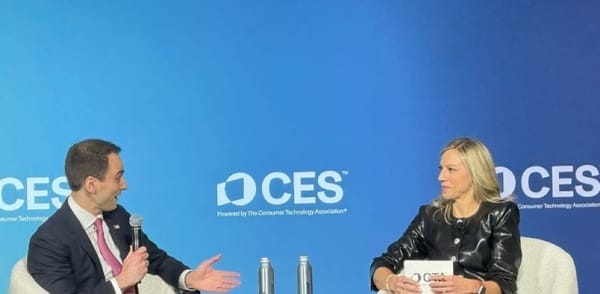

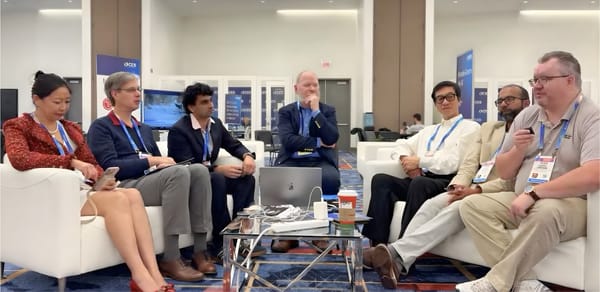
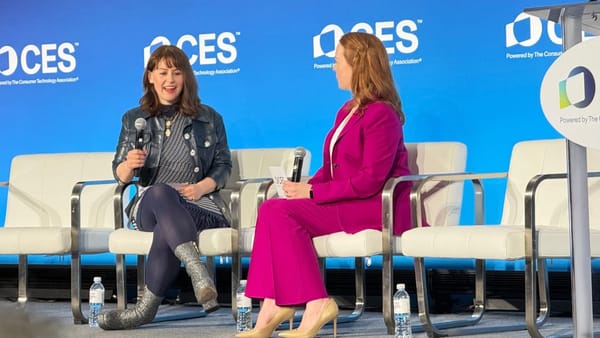


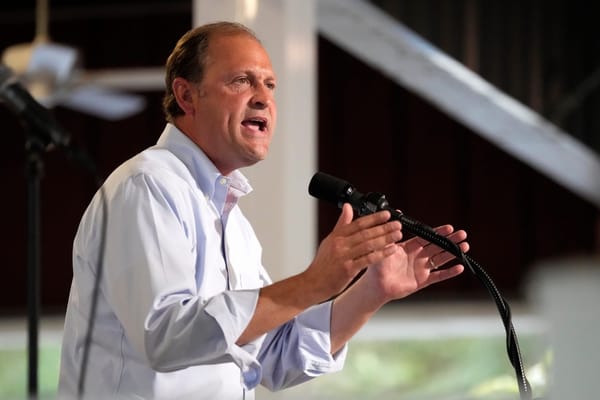

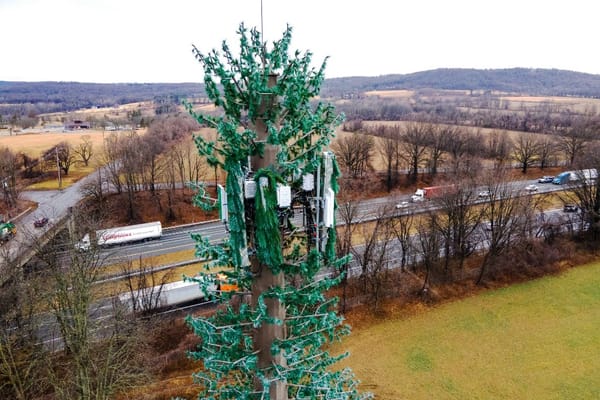
Member discussion